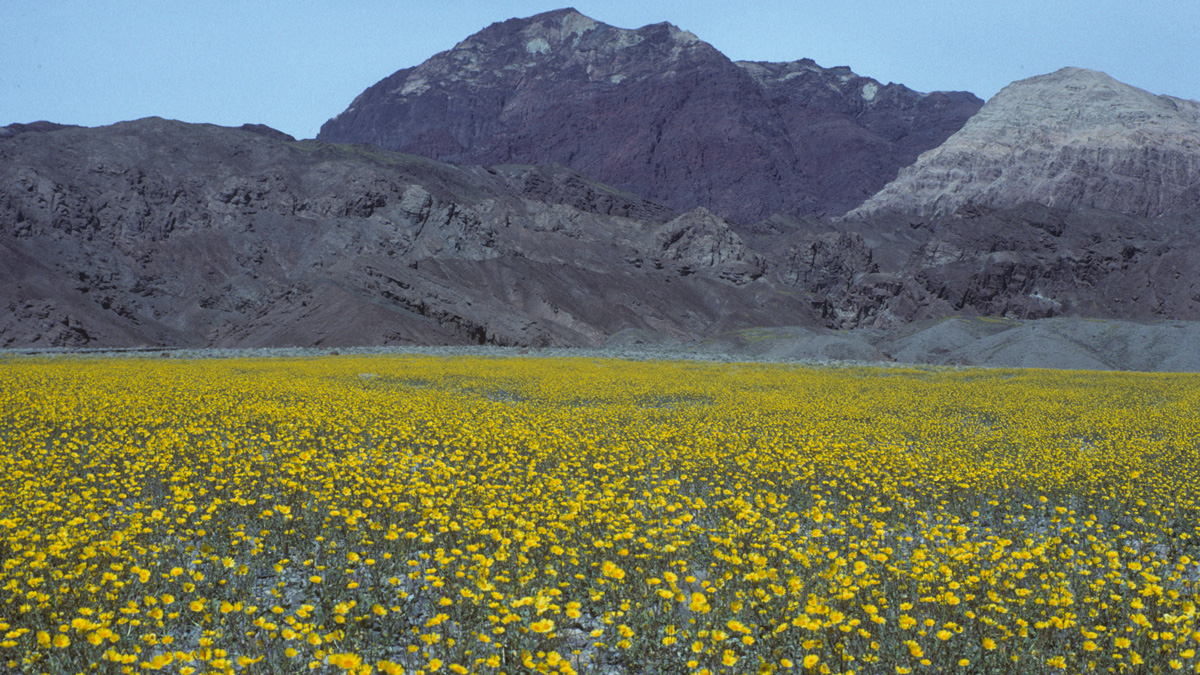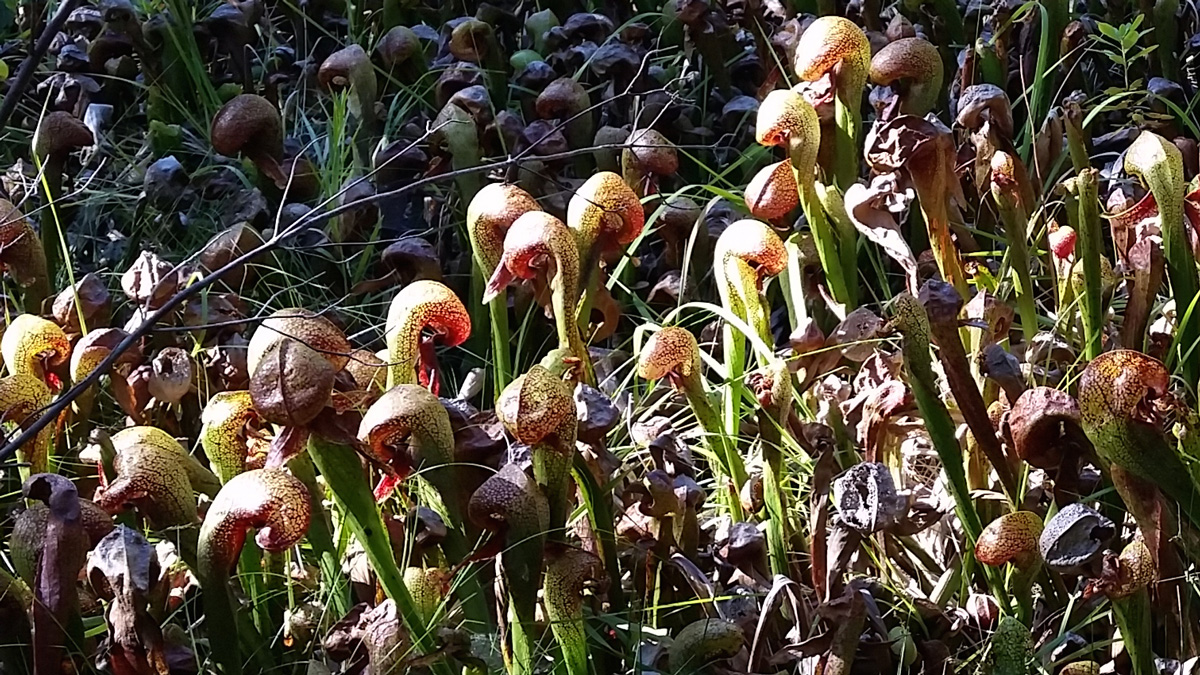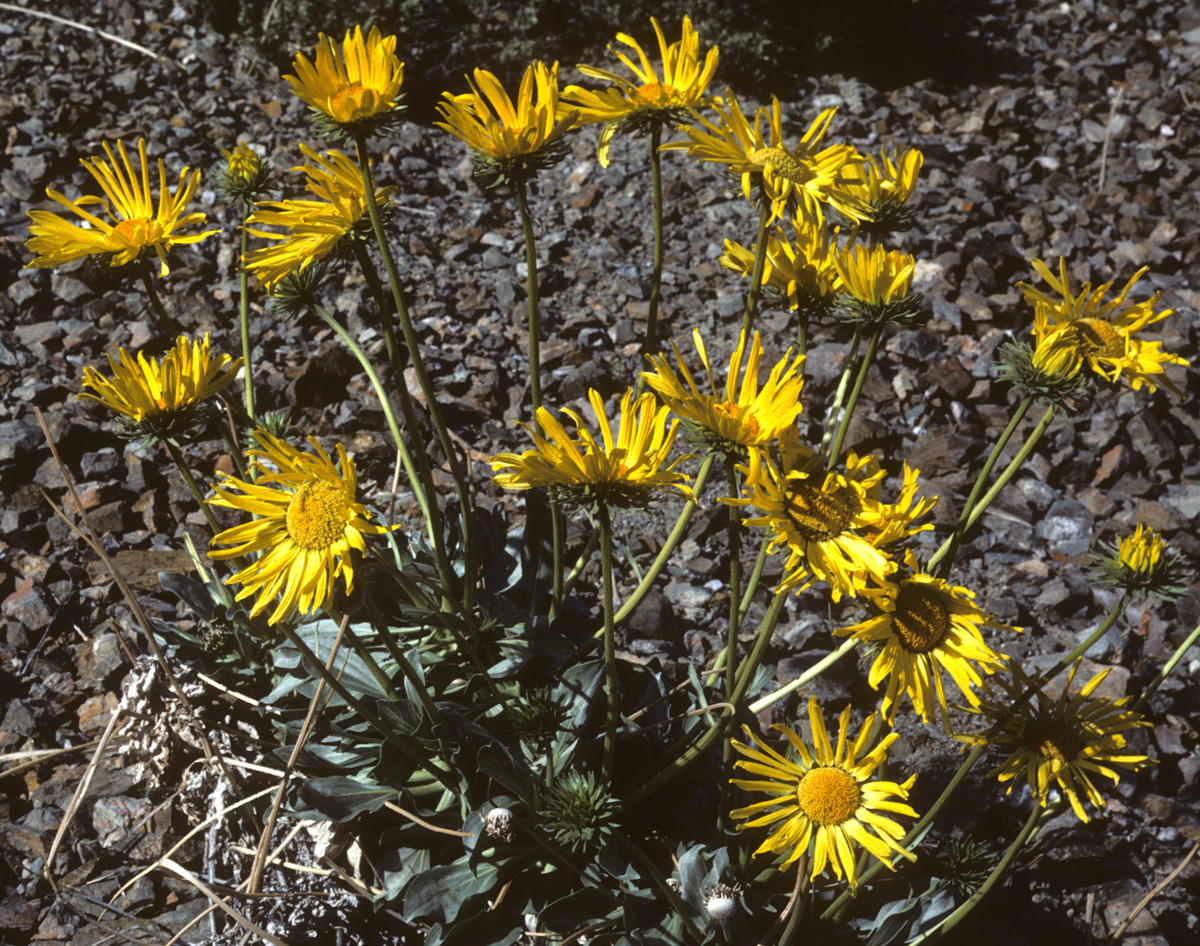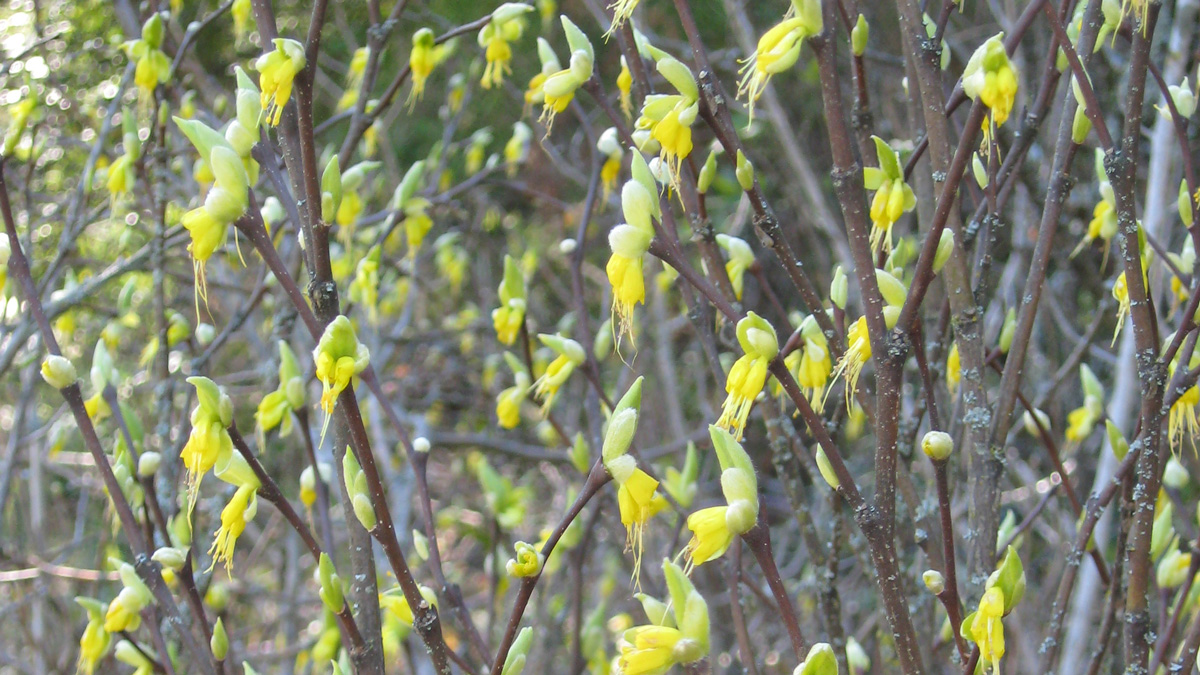California’s dry regions are hotspots of plant diversity

The first “big data” analysis of California’s native plants, using digitized information from more than 22 herbaria and botanical gardens around the state, provides some surprises about one of the most thoroughly studied and unique areas in the country.
For one, the state’s arid regions, including deserts such as Death Valley, are hotspots for originating new plant species and providing refuges for older plants that have disappeared elsewhere.
The goal of the study was to locate places with a high number of endemic plants — those with very small ranges — to prioritize California’s conservation efforts as human development encroaches on wildlands. By using information about the family relationships among all species at a given site, the researchers were able to distinguish between areas where plants are endemic because they recently originated there — what is called neoendemism — as opposed to plants that are the last remnants of their kind, so called paleoendemism.
“One is a nursery, a cluster of new lineages, while the other is a nursing home, a cluster of older lineages,” said postdoctoral fellow Andrew Thornhill, the lead author of the study. “They are both valuable, but for different reasons. You want to protect centers where it looks like new diversity has and is arising, and you also want to protect places where older diversity has found a refuge and managed to survive. Both provide a genetic insurance policy for what may happen in the future; the more genetic diversity that is preserved now, the better chance that something is kept that will be able to cope with whatever happens in the future.”

Ominously, these dry areas, such as the Antelope Valley, are also hotspots of solar power development. To install solar farms, companies bulldoze the plants and spray herbicides to keep them from returning.
“These areas are under threat because that is where they want to generate solar energy, converting the land into a vacant lot. A lot of people have the mistaken impression that the desert is a lifeless place,” said Brent Mishler, a professor of integrative biology, senior fellow at the Berkeley Institute for Data Science and the senior author of the study, which was published in October in the journal BMC Biology.
Not surprisingly, northwest California is rife with endemic plants, both new and old, associated with the coastal redwood forests. Also as expected, southeast California and the state’s Colorado/Sonoran desert were found to be hotspots for the origination of new plants and nursing homes for old ones.

But the main surprise was that most areas with the highest plant endemism are arid. That includes not only Death Valley and the northern and eastern Mojave Desert, but also the White-Inyo Range east of the Sierra Nevada and the southern Channel Islands (San Clemente and Santa Catalina). This may be because these places have more unfilled ecological niches for plants to move into, find refuge, and in some cases evolve to form new species, Mishler said.
On the other hand, some areas previously thought to be hotspots of endemism — the San Gabriel and San Bernardino mountains, for example, and the northern Channel Islands — were only about average.
Coauthor Bruce Baldwin, a professor of integrative biology and lead editor of both The Jepson Desert Manual (2002) and the second edition of The Jepson Manual: Vascular Plants of California (2012), noted that the late UC Berkeley and UC Davis botanist Ledyard Stebbins singled out arid areas as potential sites for evolution of new biodiversity, in part because they present diverse environmental challenges that may be met by a wide range of potential adaptations.
“Expanding deserts provide ecological opportunity, which means not only new habitat but also habitats that have been vacated by things that were extirpated or driven to extinction by changing climate,” Baldwin said.

To discover these patterns, Mishler’s team developed a new way of assessing biodiversity and endemism that combines standard data like plant range with genetic data to generate a measure of “phylogenetic endemism,” basically a measure of how rare and how genetically unique a plant is. He proved the value of this method several years ago when he assessed the endemism of another unique center of plant diversity, Australia, which already had digitized databases of its flora. The California project had to wait until the state’s plant collections were digitized through the Consortium of California Herbaria; at UC Berkeley, the digitization was funded in large part by the National Science Foundation.
Mishler and his colleagues included in their analysis almost 1,100 lineages representing over 5,000 plant species in the state, using existing sequence data for a specific set of genes taken from DNA databases, and adding sequencing data newly generated at UC Berkeley to fill in gaps.
A study published in March in the American Journal of Botany and led by Baldwin employed the same digital database, incorporating data for all 5,000 species but without using genetic data, to look at species richness and endemism throughout the state. This study uncovered surprises too, like the high endemism in undeveloped areas of the San Francisco peninsula, rivaling other regions of the Bay Area previously identified as endemism hotspots.
Mishler noted that California has always been a special place for plants, almost like an island — it is called the California Floristic Province — because it is isolated by the ocean on the west, deserts on the east and south, and mountains on the north.

“California is kind of a model system for flora, it always has been: the place the botanists went to study the process of plant evolution going way back into ’40s,” Mishler said. “Despite how well known the flora is, we have been able to get new insights with these methods.”
The BMC Biology and AJB papers, a joint effort by the University and Jepson Herbaria at UC Berkeley, were also co-authored by graduate students William Freyman, Matthew Kling and Thomas Madsen, lab manager Sonia Nosratinia, former postdoctoral fellow Naia Morueta-Holme, now at the University of Copenhagen, and David Ackerly, a UC Berkeley professor of integrative biology.
